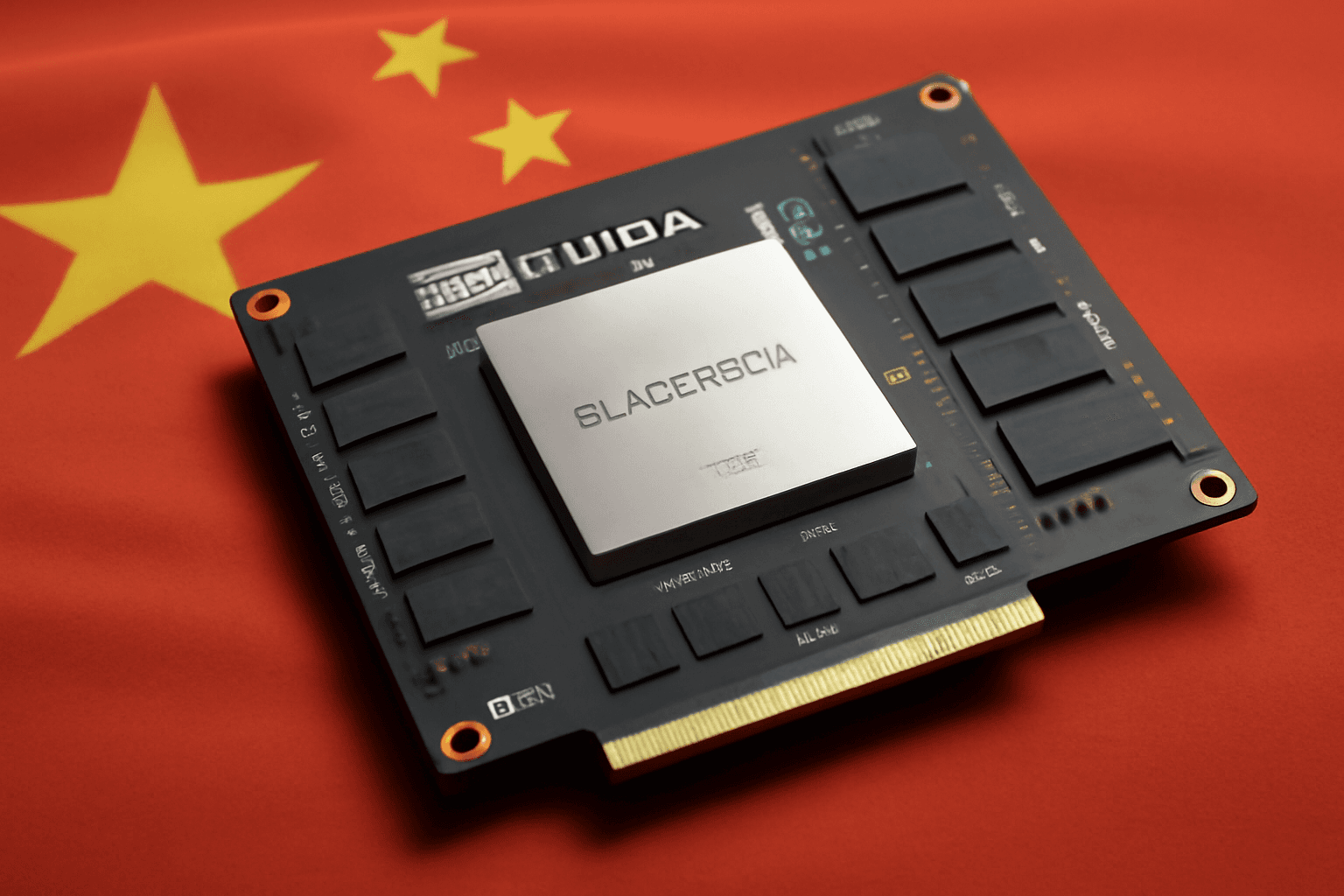Figma’s Explosive IPO Sparks $24 Billion Wealth Surge for Leading VCs
There’s a palpable buzz in Silicon Valley as Figma, the innovative design software company, made a spectacular debut on the New York Stock Exchange on July 31, 2025. This event has not only reinvigorated excitement around tech IPOs but also delivered a monumental payday for some of the venture capital industry’s most influential players. Index Ventures, Greylock, Kleiner Perkins, and Sequoia Capital collectively find themselves holding roughly $24 billion in Figma shares after a staggering first-day stock price surge of 250%.
A Hard-Won Victory in a Challenging IPO Market
For much of the past few years, the tech sector has grappled with a severe IPO drought. From late 2021 onward, rising inflation, aggressive Federal Reserve interest rate hikes, and market volatility left tech companies hesitant to go public. Those who did often disappointed Wall Street, leaving venture firms starved for the returns expected by their backers—pension funds, endowments, and institutional investors.
Against this backdrop, Figma’s performance stands out as a beacon of hope for startups and their investors. Its shares popped spectacularly above their initial pricing range following the IPO, signaling renewed investor appetite for fresh tech offerings.
From Failed Acquisition to Market Triumph
Figma’s journey up until this point has been anything but smooth. In 2023, Adobe attempted to acquire Figma in a $20 billion deal but was ultimately blocked by U.K. regulators over competition concerns—a decision that placed significant pressure on Figma’s leadership. Yet, CEO and co-founder Dylan Field showcased remarkable resilience, choosing to steer the company independently instead. The market rewarded that gamble; at close, Figma’s valuation soared to nearly $68 billion—more than triple Adobe’s original bid.
Field’s stake alone is now valued at over $6 billion, an emblem of both personal and company perseverance. Investors like Index Ventures, who backed Figma as early as 2013 and now hold about $7.2 billion in shares, have been vindicated for their long-term faith.
IPO Gains: Is There a Catch?
While the euphoria around first-day IPO price jumps is infectious, some industry veterans urge caution. Bill Gurley, renowned venture capitalist at Benchmark, has long criticized such large first-day gains, arguing these often indicate that companies have underpriced their shares, effectively handing “cheap” stock to favored investment bank clients. Gurley described the Figma situation as “expected & fully intentional” and questioned who truly benefits from these dynamics, underscoring a persistent debate over fairness and market efficiency in tech IPO pricing.
The Broader Comeback for Tech Exits
Figma’s success isn’t an isolated phenomenon. Earlier in 2025, Circle’s market debut also rewarded investors handsomely, with shares surging from an initial $31 price to over $180, boosting the holdings of firms like IDG Capital and Accel to nearly $12 billion. Alongside other wins such as CoreWeave, which provides AI infrastructure and has seen its stock nearly triple since going public, these IPOs signal a tentative but meaningful rebound in the venture exit landscape.
According to University of Florida finance professor Jay Ritter, the years following 2021’s IPO boom were relatively bleak, with a steep drop-off in the number and value of tech IPOs. The resurgence now fits within a larger economic recovery narrative, helped by a stabilization of trade policies and easing fears over inflation and global supply chains.
What This Means for Venture Capital and the Tech Ecosystem
- Renewed investor confidence: Large payouts like this boost the ability of VC funds to raise and deploy capital aggressively.
- Validation of long-term bets: Early-stage investments spanning nearly a decade show that patience and conviction still pay off.
- Market appetite for innovation: Investors are eager to back companies that redefine their sectors, particularly in software and AI.
- Regulatory hurdles remain a wildcard: Figma’s blocked acquisition highlights ongoing antitrust challenges facing tech consolidation.
For the startups watching closely, Figma’s IPO story sends an inspiring message: setbacks and scrutiny, even on a global stage, can be overcome with strong leadership and relentless focus on product and community.
Expert Perspectives
John Lilly of Greylock highlighted Figma’s “relentless focus on product, community, and craft” as pivotal to reshaping global design practices. Kleiner Perkins and Sequoia similarly emphasized the company’s potential and cultural strength, recognizing founder Dylan Field’s steady leadership through turbulent times.
As Lynn Martin, president of the NYSE, put it, Figma’s IPO “will open the floodgates” for more tech companies looking to go public and for venture firms eager to recoup investments.
Editor’s Note
Figma’s IPO is more than a financial windfall; it is a milestone reflecting the resilience of innovation in a volatile economic climate. However, this success invites several questions for the future: Will more tech companies follow Figma’s lead, or are we entering a short-lived surge? How might ongoing regulatory scrutiny shape the strategies of tech giants and startups alike? And, critically, how will the dynamics between investment banks and venture capitalists evolve to ensure more equitable outcomes in IPO pricing?
As the market digests this remarkable event, stakeholders—from investors to consumers—should view Figma’s ascent as a case study in navigating adversity, seizing opportunity, and reshaping industries.



















